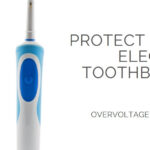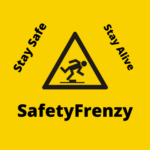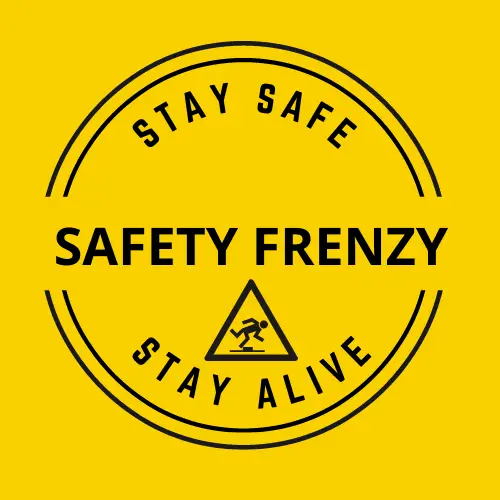Stay Safe, Stay Alive
As an Android apps programmer, YouTuber, and electrical engineer working for a leading OIL & GAS company, safety is my top priority. I understand the serious hazards present in the work environment and am committed to ensuring the safety of everyone around me.
In addition to my work in the industry, I am also a content creator with 3 successful YouTube channels and 3 websites. Through these platforms, I share my knowledge and experience with others in the field, helping to promote safety and best practices.
Most Recent Posts
-
 The Dangers of Overcharging Your Electric ToothbrushJune 4, 2023/0 Comments
The Dangers of Overcharging Your Electric ToothbrushJune 4, 2023/0 Comments -

-

-
 What is Safety and how to improve it?April 18, 2021/
What is Safety and how to improve it?April 18, 2021/ -
The Fiery Danger of a Loose Wire: What You Need to KnowMarch 31, 2023/
